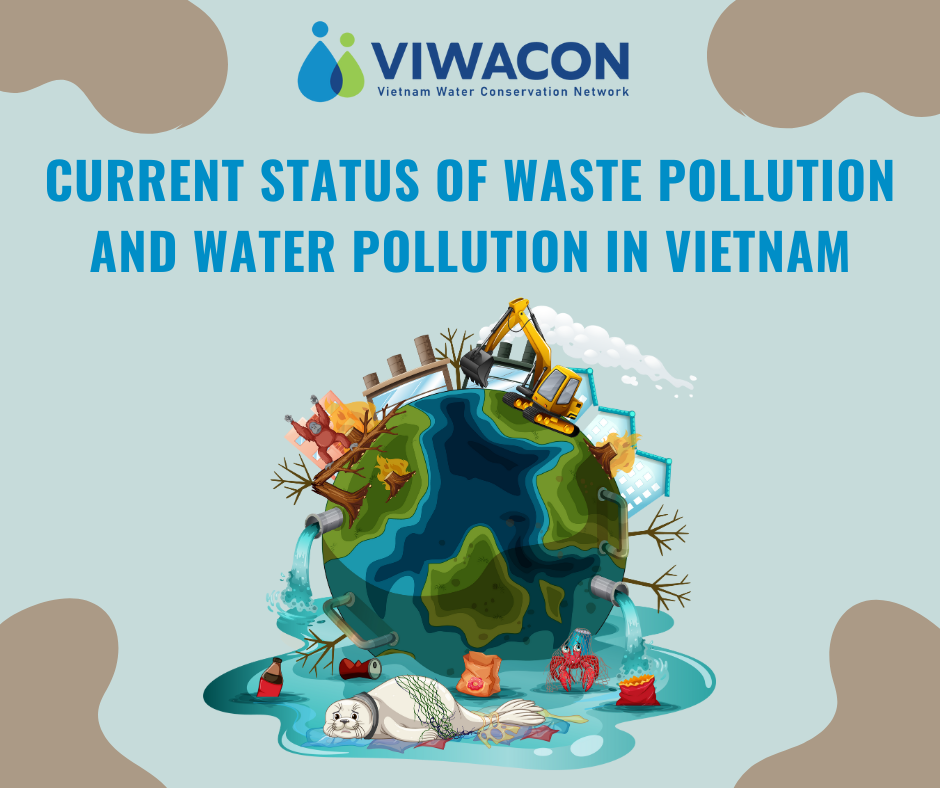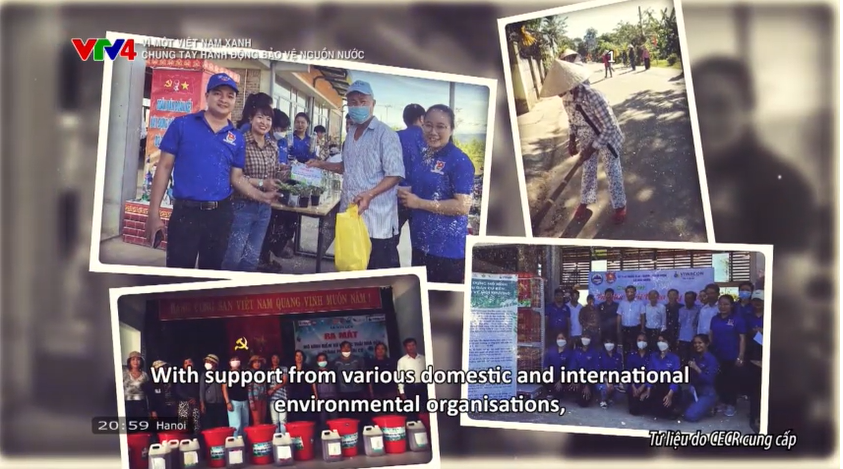07/08/2023 | Viết bởi: LTH
According to the Ministry of Natural Resources and Environment, each year, the total amount of domestic solid waste in our country is 25 million tons. Hanoi generates 6,000 tons of garbage every day, the landfill rate is 90%, while in Ho Chi Minh City it is approximately 70%. In which, the amount of plastic waste and plastic bags accounts for about 8-12%. The amount of plastic waste and plastic bags discharged increases year by year, polluting the environment and affecting human health.
Besides, water quality in Vietnam is deteriorating in a worrying way, with signs of toxicity arising from cities, industrial zones and agriculture. Flow through major cities is heavily polluted. Groundwater in many areas has been polluted, and over-exploitation has led to an increase in salinity and concentrations of pollutants. According to the Department of Water Resources Management, by the beginning of April 2022, in Long An and the western provinces, saltwater intrusion in the main estuary area has occurred in which on the Vam Co river system, the salinity is from 80 to 90 km deep. The serious occurrence of this phenomenon has caused millions of people in the Mekong Delta region to suffer from a shortage of fresh water.

Urban wastewater is the largest contributor to water pollution, with only 12.5% of municipal wastewater being treated before being released into the environment. This is a consequence of the long history left by the lack of attention to the treatment of urban sewage and wastewater. Due to the prevalence of combined sewer systems (collection of both wastewater and stormwater), domestic wastewater accounts for 30% of the water discharged into lakes, canals and rivers. In Hanoi and Ho Chi Minh City, the amount of domestic wastewater discharged into the environment is about 700,000 - 900,000 m3/day. This situation is the result of low connection rate to the drainage network; lack of investment on a large scale in wastewater collection and treatment; lack of interest in wastewater reuse; low wastewater charges are not enough to cover costs; and ineffective management system.
Related Posts
.png)
Policy Dialogue on The Alarming Rate of Water Insecurity on Vietnam National Assembly Television

PROGRAM “POLICY DIALOGUE: REDUCING PLASTIC WASTE – THE ROLE OF THE COMMUNITY”

REPORT: “JOIN HANDS TO PROTECT WATER RESOURCES” – VTV4
.png)
VIWACON TECHNICAL ADVISORY GROUP MEETING PROGRAM
.png)
CELEBRATE WORLD ENVIRONMENT DAY 5/6/2024